Construction sites are the most hazardous workplaces amongst all industrial sites. Accidents happen more often on construction sites when compared with other workplaces. Construction site employees come across dangerous safety risks more frequently than other employees. A report by Occupational Safety and Health Administration(OSHA) stated that 1 in every 5 workplace fatalities is a construction worker. Majority of the times these accidents are avoidable through safe operations and standard safety practices. Working on a construction site is never free from risks and hazards but their chances of occurrence can be considerably reduced by following standard health and safety procedures. Several measures can be taken by the contractors to ensure that the employees are well acquainted with safety and health methods that are to be adopted to reduce accidents.
Here are some safety measures that can be taken to avoid accidents -
- Enforce Constant use of Protective Gears and Utilities - On site workers should be asked to wear correct protective gear at all times. The use of these protective equipment prevents accidents and mishaps greatly. In short this is called Personal Protective Equipment(PPE). PPE usually consists of hard hats, gloves, safety boots, safety goggles, ear plugs, hi vis clothing, etc.

- Safety Training of all employees prior to joining - All workers that have been employed to work on construction sites should undergo a compulsory safety training before starting work. Workers need to be educated about the hazards related to their workplace. They should review the health and safety policies related to a location of work. They should not operate any equipment unless they are trained or qualified to do so.
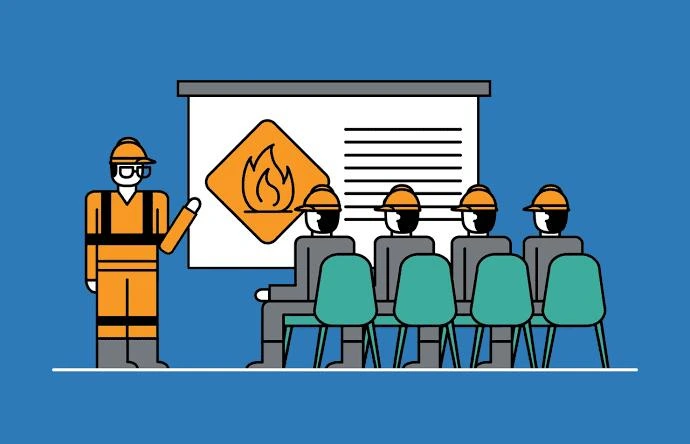
- Periodic Worker Safety Meetings - These meetings should be called upon, on a regular basis by the safety officer. All workers should attend these safety meetings in order to discuss details regarding the relevant risks and hazards on a particular site. These meetings should be brief and employees should be asked to remain focussed in order to avoid any mishaps.
- Plan according to existing hazards - A construction site should be carefully inspected before the start of the project and during execution stage for any hazards that may arise. This kind of risk inspection and further assessment protects worker's health and safety. Preventive measures should be taken to reduce the effects of the risks. These risks should be made a part of the safety training and safety meetings.
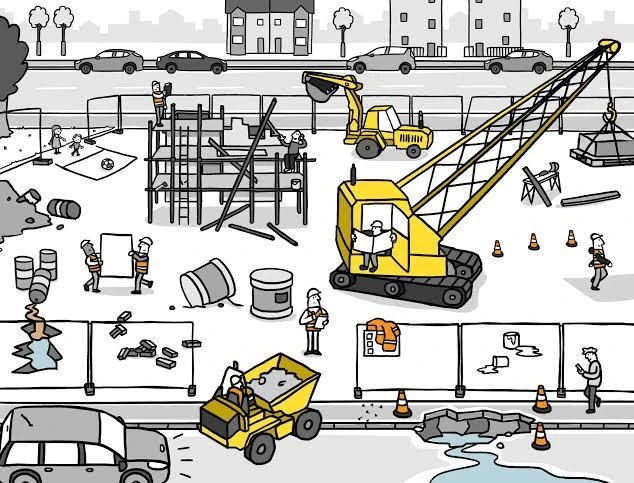
- Regular maintenance of Equipment - All equipment present on a construction site should be regularly inspected whether they are being used or not. All equipment should be in proper working order. Even a minor malfunction in any of the equipment can cause serious injuries or even prove fatal.
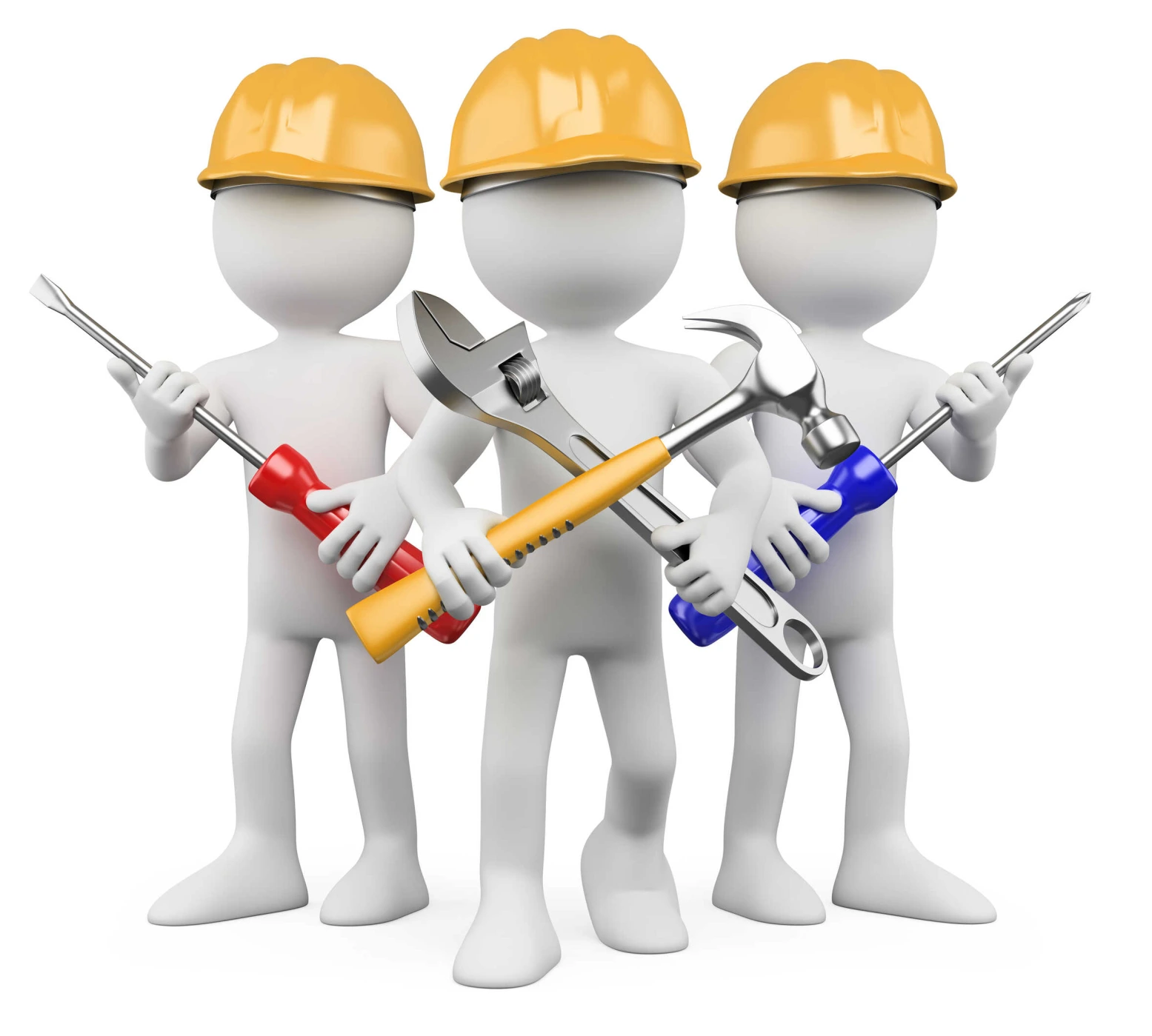
- Maintaining a Clean Workspace - Keeping the construction site clean and dirt free will avoid the occurrence of mishaps. Accidents such as Slips, Trips and Falls might occur if the site is untidy. Materials and tools should be kept in their proper places instead of littering them around, increasing chances of accidents. All places used for transport by the workers should be kept clear of any debris.

- Proper use of equipment - Equipment present on site should be used properly as prescribed by the manufacturer. There is no guarantee of safety if those equipment and tools are used in ways for which they are not designed for.
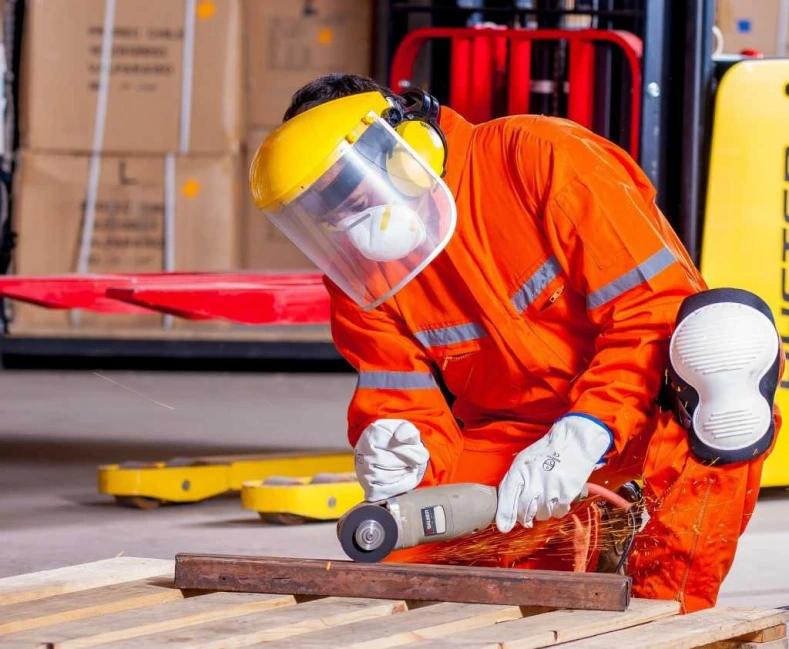
-
Taking Regular Breaks - Working on construction sites can be draining at times due to the long hours of operations required for tasks. Workers can get exhausted and lose focus, increasing the risks for accidents. Continuously working for long hours should be prohibited. Breaks should be provided to workers in shifts so that they remain focussed and efficient in completing their tasks.
-
Prevent Falls - Almost one third of the fatalities caused on construction sites are due to falls. Falls without scaffolding are the most common type of falls that can be easily avoided with the use of correct protective gears. Fall protection systems can be installed on site to improve safety of workers.
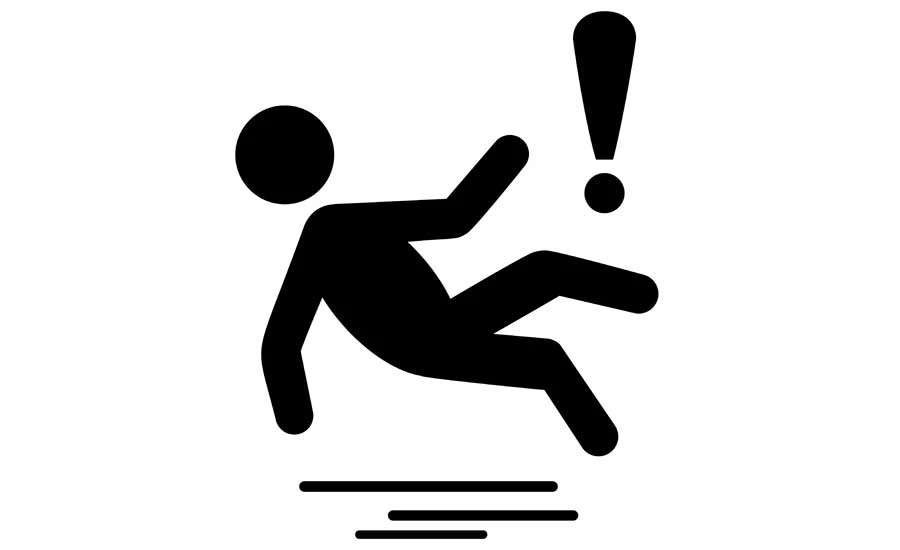
These steps if followed correctly can surely prevent accidents on construction sites. Workers should always be reminded of the safety procedures that need to be followed when on site. Proper action should be taken if these safety procedures are not followed to avoid loss of life and property.






